Cyprus’s convict mutineers sailed from Van Diemen’s Land to freedom in China
When the transport ship Cyprus was becalmed at Recherche Bay in Van Diemen’s Land a group of convicts decided their chance of freedom had arrived
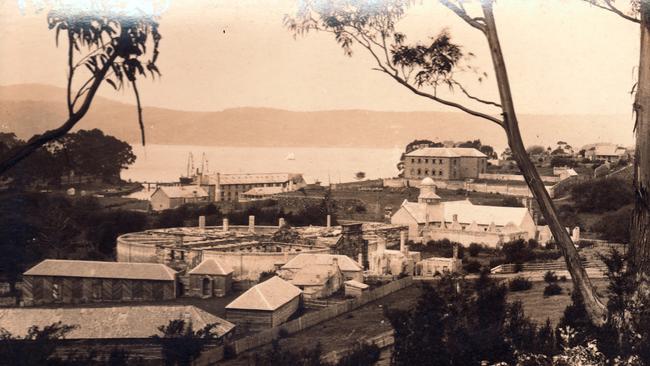
Today in History
Don't miss out on the headlines from Today in History. Followed categories will be added to My News.
The brig Cyprus was becalmed. Under the command of Lieutenant Carew, the ship was on its way from Hobart, taking a load of more than 30 prisoners to Macquarie Harbour. But as it reached Recherche Bay the winds dropped and the captain was forced to wait for better sailing conditions.
Carew took the opportunity to go fishing, but the prisoners aboard his ship were making their own plans. On August 14, 1829, 190 years ago today, they made their move.
Eighteen convicts took over the ship and sailed it away, stranding Carew, the convict guards, their wives and children as well as 25 convicts who refused to take part in this act of mutiny and piracy. Some of the mutineers would find their way to Japan and China, eventually making it back to England. Two would hang and one was sent back in Van Diemen’s Land, where his odyssey began.
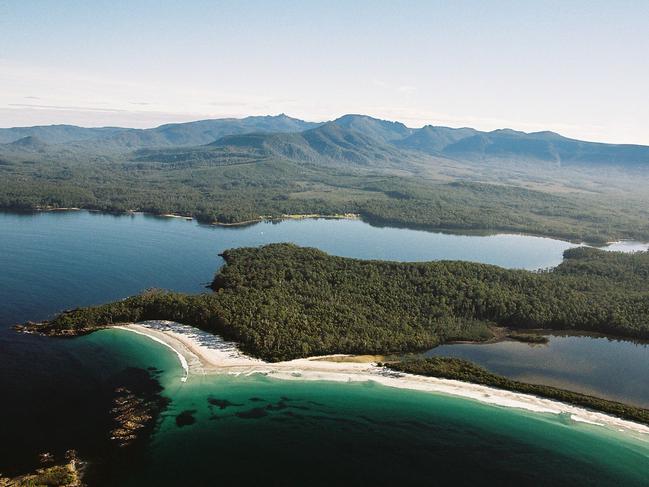
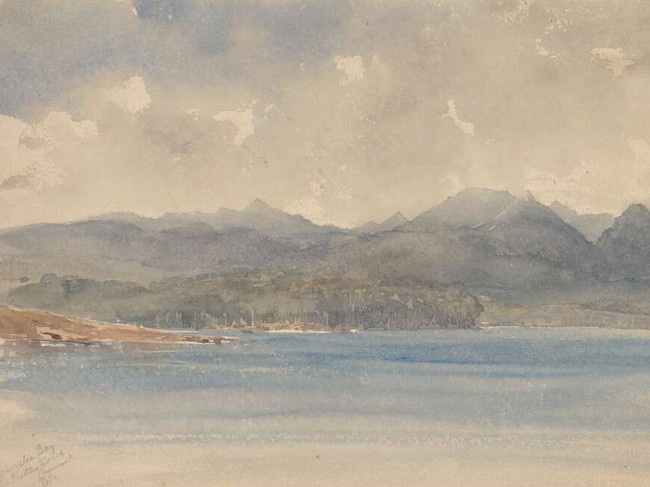
The Cyprus had been built in England in 1816 and began life as a trader in European waters. In 1825 the owner, Captain John Briggs, sailed the ship to Van Diemen’s Land, to make trade runs from Sydney to Hobart. Briggs later sold the ship to the British government, which needed a replacement for its ship the Duke of York, which had become unseaworthy and was used instead as a hulk, housing convicts in Hobart.
Cyprus was put into service ferrying some of the worst prisoners from Hobart to the isolated penal settlement of Macquarie Harbour. This settlement was notorious as the place from which convict Alexander Pearce escaped before getting lost in the wilderness and resorting to cannibalism. When he was recaptured he escaped again, so he could eat his fellow escapee, having developed a taste for human flesh.
In August 1829 the Cyprus set out with its shipment of felons headed for Macquarie Harbour, where it would drop its human cargo and pick up Huon pine cut down by prisoners, along with other convict-made products.
Carew was unfortunate enough to have a particularly unruly convict by the name of Fergusson on board and he convinced others they were headed for hell and their best prospect would be to seize the ship. Soon he had nearly 20 prisoners ready to strike.
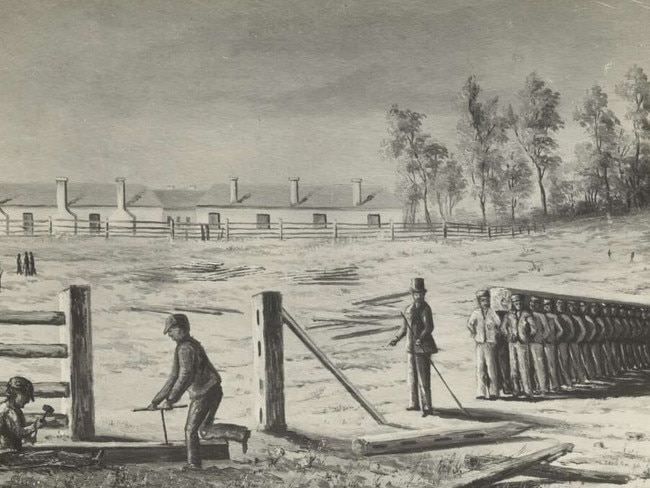
When the ship was stopped at Recherche Bay and a bored Carew decided to go fishing, Fergusson knew the time was right. When the prisoners were brought up on deck for their exercise several men rushed the unsuspecting guards, quickly disarming them of their muskets before they could fire.
Striking off their irons they took control of the ship. When the captain later returned he made an effort to oust the mutineers, but knew he and his men were hopelessly outnumbered. He parlayed with Fergusson to be allowed to go ashore with his crew, the guards, their wives and children and the small number of convicts who were unwilling to add piracy to their crimes.
The stranded captain was fortunate that a convict named Popjoy and a free man named Morgan were among their number. Together these men constructed a coracle and
sailed to nearby Partridge Island for help.
Meanwhile, the mutineers were on their way to China. They appointed William Swallow master of the ship, since he was the only one with enough knowledge of seamanship. They made stops at several places along the way, including New Zealand and various Pacific Islands. At some of these stops several of the convicts left the ship, Ferguson and several others made their new home on Keppel Island.
Swallow later gave an account of the voyage claiming the ship had landed in Japan, but they were soon told to leave. Watercolour sketches of a ship flying a British flag have been found in a Japanese archive, seeming to back up his story. According to the document the ship was fired on by cannons and may have been damaged.
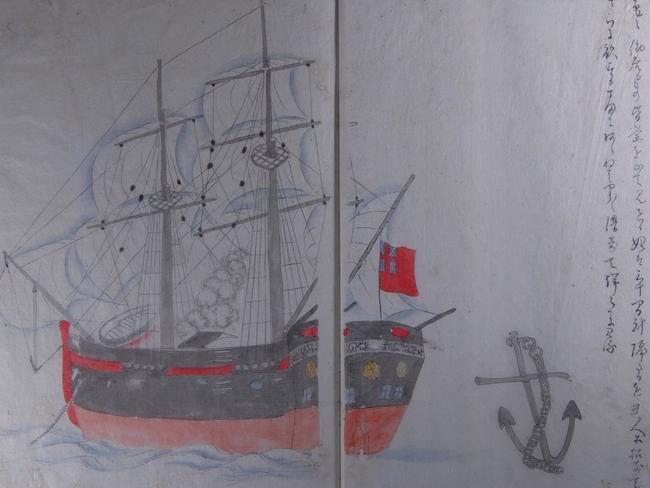
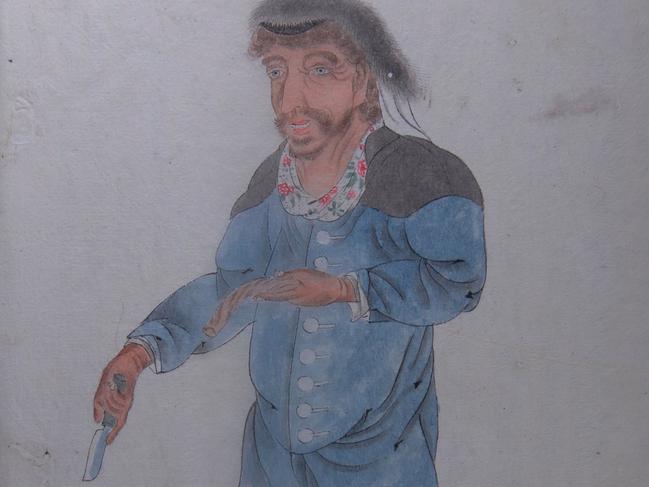
Only three of the 18 convicts made it to China, telling authorities there a story about being shipwrecked, having set fire to the Cyprus and taken to a small boat. They found jobs to work their way back to England. But once there they were soon identified as absconders and sent to face justice at the Old Bailey. Two convicts, George James and William Watts, were condemned to death and hanged, but because he argued that he had been forced to be captain of the Cyprus, Swallow escaped the death penalty.
He was sent back to Van Diemen’s Land and finally to Macquarie Harbour. He was later transferred and spent his last days in Port Arthur, dying there in 1834.



